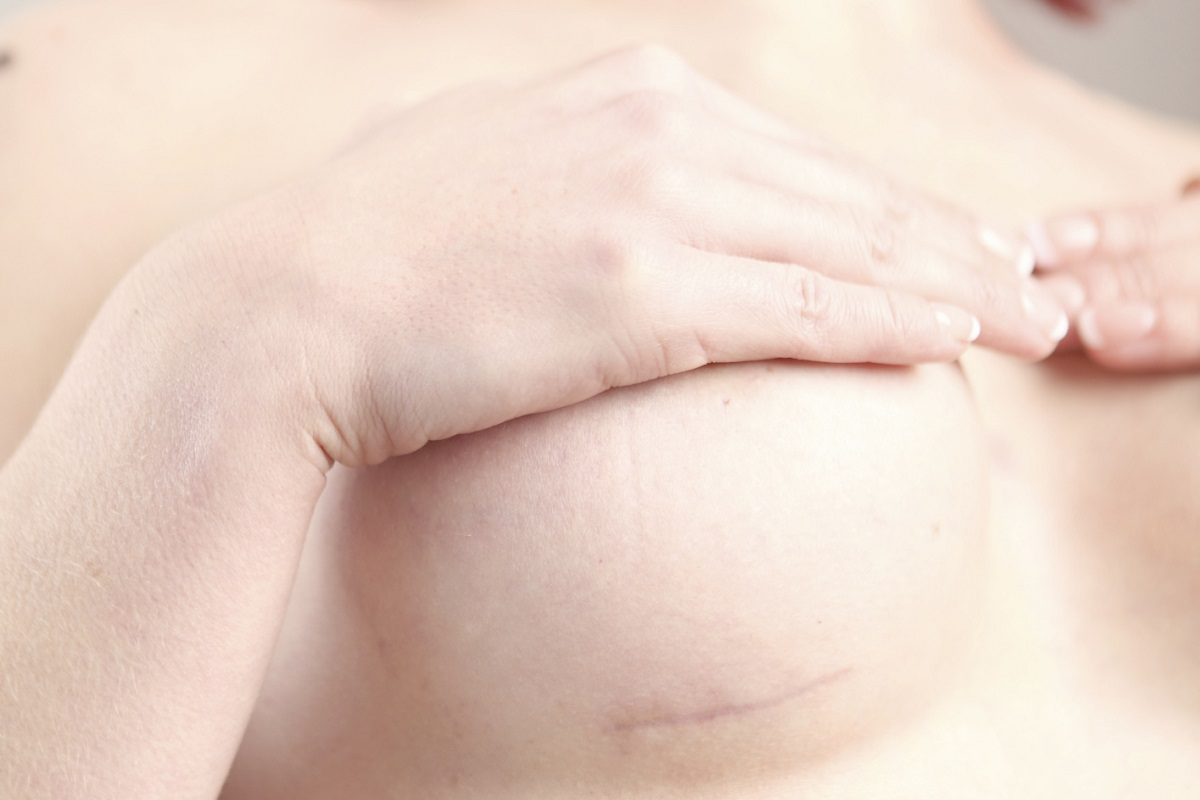Breast Reduction Scars
Learn more: Breast Reduction Scars.
Breast reduction surgery, often referred to as reduction mammaplasty, is a common operation that can lower the size and weight of breasts, improve their shape, and lessen the physical and psychological pain that comes with it.
Nonetheless, breast reduction scars, just like any surgical operation. Now we will go through the many kinds of breast reduction scars, the variables that might affect how they look, and effective management techniques.
Table of contents
Breast Reduction
Reducing the size and weight of the breasts through surgery is called breast reduction, commonly referred to as reduction mammaplasty.
Besides from skin irritation or rashes under the breasts, women with overly big breasts may also endure physical discomfort including back, neck, or shoulder ache.
Also, they could feel embarrassed or dissatisfied with the way their breasts look. The quality of life can be improved and these symptoms can be reduced with breast reduction surgery.
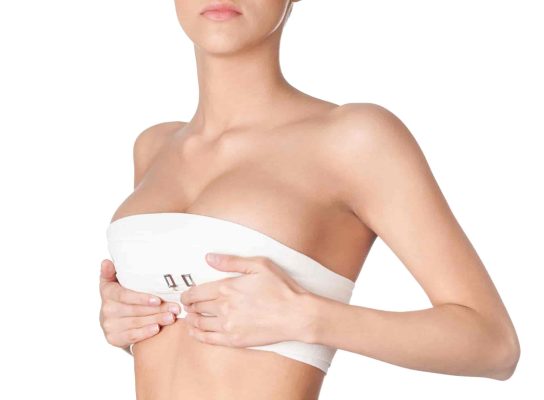
To shrink and reshape the breasts, the procedure entails removing extra breast tissue, fat, and skin. Under general anesthesia, the surgery usually takes three to five hours.
To achieve a more appropriate and symmetrical breast size, the surgeon will make incisions on the breasts, remove any extra tissue and skin, and restructure the breast tissue. Also possible is raising the nipples higher on the breast.
Types of Breast Reduction Scars
Depending on the surgical procedure utilized and the quantity of tissue removed, breast reduction scars might differ in size, position, and also shape. The three most typical breast reduction scarring patterns are:
| Scar Type | Shape | Location | Size | Visibility |
| Anchor or Inverted T-Shaped Scar | Anchor | Around the areola, down the front of the breast, along the breast crease | Large | More visible |
| Lollipop or Keyhole Scar | Lollipop | Around the areola, down to the breast crease | Medium | Moderately visible |
| Donut or Periareolar Scar | Circle | Around the outer edge of the areola | Small | Less visible |
Anchor or Inverted T-Shaped Scar
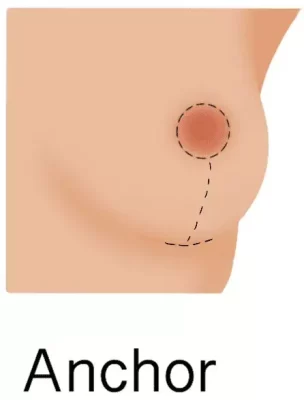
The anchor scar, also known as the inverted T scar, is the most frequent type of scar that results from breast reduction surgery.
Typically, it creates the shape of an anchor by wrapping itself around the areola, continuing along the front of the breast, and then following the breast crease.
Women who need to get rid of a substantial amount of extra breast tissue are ideal candidates for this type of surgery.
Lollipop or Keyhole Scar
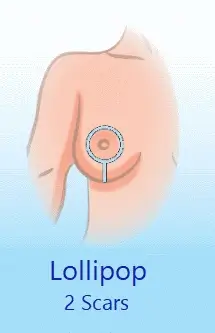
The lollipop scar, also known as the keyhole scar, is a circular scar that wraps around the areola and then extends downward to the crease of the breast.
Women who need only a small to a modest quantity of breast tissue removed may be suitable candidates for also this type of scar.
Donut or Periareolar Scar
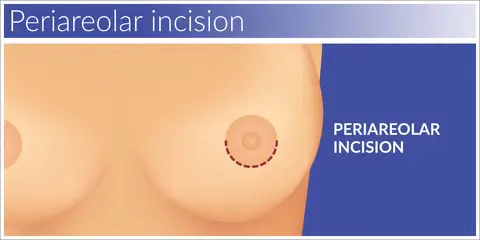
The periareolar scar, also known as the donut scar, is a circular scar that surrounds the areola and creates the shape of a donut. Women who only need a modest amount of breast tissue removed may benefit most from this type of scar.
The quantity of tissue being removed, the patient’s breast size and shape, and the surgeons preferred technique will all have an impact on the type of breast reduction scar that is selected.
Factors Affecting Scar Appearance
The following things can influence how breast reduction scars look:
Genetics and Skin Type
The appearance of scars following surgery can vary depending on genetics and skin type. Scarring occurs more frequently in certain people than in others, and skin tone and texture can also influence how scars appear. Scars are typically more obvious on those with fairer skin than on people with darker skin.
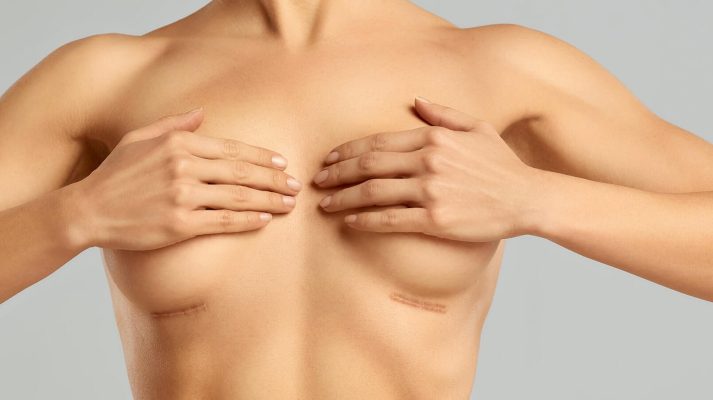
Surgical Technique
The surgeon’s technique during the breast reduction treatment can also have an impact on the tension on the incisions, as well as the size and location of scars.
The size of the scars will typically increase with the amount of tissue that must be removed.
Aftercare and Scar Management
After breast reduction surgery, scarring can be minimized with the use of proper wound care and scar management. Following the surgeons aftercare recommendations strictly can result in scars that are more obvious.
Over time, scar care methods including silicone sheets or gels, scar massage, and laser therapy can aid in reducing the visibility of scars.
Youtube Video About Breast Reduction Scars
Managing Breast Reduction Scars
Scars from breast surgery can be treated in a variety of ways, including:
Scar Care Immediately After Surgery
Following breast reduction surgery, it’s crucial to adhere to the surgeon’s instructions for wound care. This include avoiding specific activities, keeping the incision site clean and dry, and donning compression clothing to lessen swelling.
Silicone Sheets or Gel
Over time, scars can be flattened and faded using silicone sheets or gels. By fostering a moist environment that encourages healing and lowers inflammation, these items work.
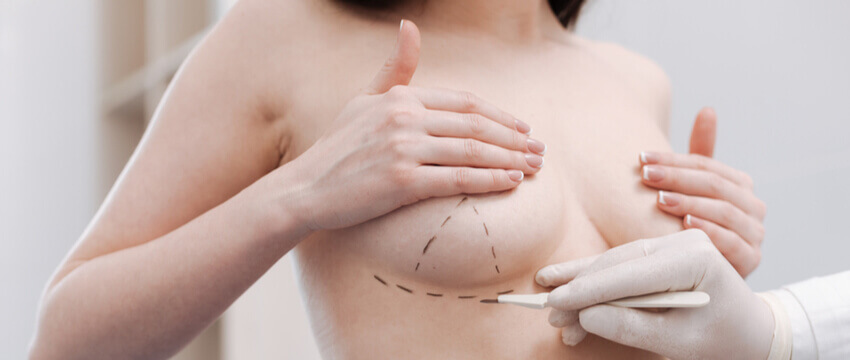
Scar Massage
Gently massaging the scar tissue can help break up adhesions and increase circulation, which can speed up the healing process for the scar.
Also only after the incision has fully healed and the doctor has given the all clear to begin scar massage can this technique be used.
Laser Therapy
Some surgeons provide laser procedures to assist minimize the visibility of scars. High-intensity light is directed to the scar tissue during laser therapy, breaking down the scar and encouraging the creation of new, healthy tissue.
Follow Your Surgeon’s Recommendations
Following the surgeon’s advice on scar treatment is crucial since they can have particular recommendation depending on your unique circumstances.
For instance, to minimize discolouration, your surgeon could advise avoiding sun exposure or covering the scar with sunscreen.
Do Breast Reduction Scars Go Away?
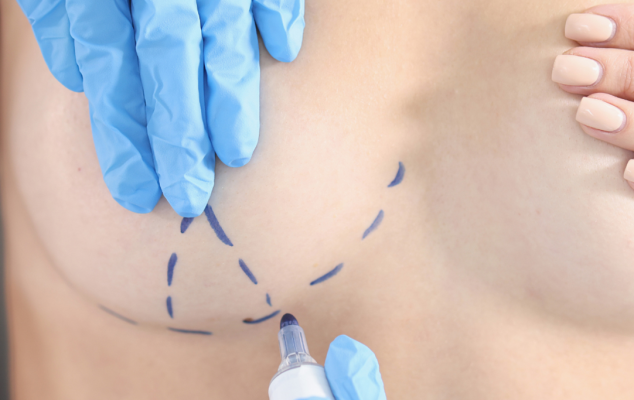
Breast reduction surgery can sometimes leave behind scars as is common, with any procedure. These scars tend to become less visible as time goes by.
However the extent to which they fade can differ from person to person due to factors, like genetics, skin type. How well they are taken care of after the surgery. While its possible for them to lighten and become less noticeable it’s unlikely that they will completely vanish.
Can Breast Reduction Scars Be Fixed?
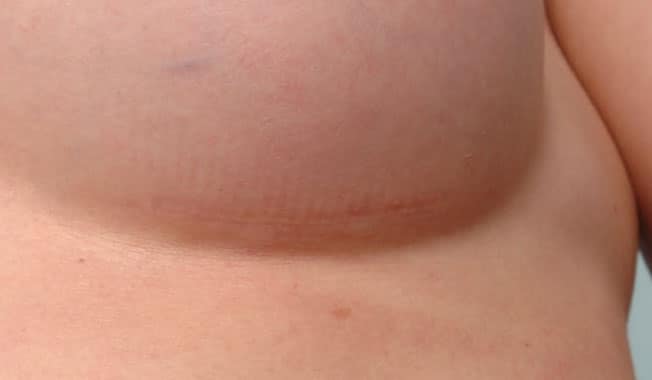
Certainly there are treatments that can help enhance the appearance of scars resulting from breast reduction. These options include laser therapy using silicone gel sheets or even considering revision surgery.
It’s crucial to seek guidance, from a dermatologist or plastic surgeon in order to determine the suitable course of action. Additionally early intervention and proper wound care play a role in minimizing the formation of scars, from the beginning.
Do Breast Reduction Scars Fade?

Breast reduction scars typically become less noticeable as time goes on. The initial redness and raised texture gradually fade away often transforming into a line. The fading process can vary from months, to a years depending on how quickly an individuals body heals and their skin type.
Regularly protecting the scars from sun exposure and keeping them moisturized can help with the fading process although some discoloration may still persist.
Final Thought
Although scars from breast reduction surgery are a typical side effect, with good scar management, their appearance can be reduced over time.
You can decide whether breast reduction surgery is best for you by being informed about the many types of breast reduction scars, the elements that can affect their appearance, and the numerous scar care procedures available.
To achieve the best results, be careful to address potential scarring with your surgeon beforehand and adhere to their scar management suggestions.
You May Also Like
Breast Reduction – What You Need to Know. Please click for read.
Forehead Reduction Surgery. Please click for read.
FAQ
Breast reduction scars gradually vanish. Red and elevated scars will flatten and fade with time. Your skin type, incision size, and scar care throughout recovery determine how much the scars diminish.
Breast reduction scars depend on your surgeons approach and breast size and shape. Breast reduction scars usually run around the areola, vertically down to the breast crease, and horizontally along the crease. Red, elevated scars should diminish over time.
Large breasts cause physical and mental agony, thus many women find breast reduction scars worth it. Breast reduction surgery improves posture, back, neck, and shoulder pain, and self-confidence. Most women decide breast reduction is worth the risk of scars.
Breast reduction scars heal differently depending on the patient and operation. Six weeks following surgery, incision sites usually recover. Scars may fade and mature for a year or more.
Breast reduction is risky like any operation. Scarring, nipple feeling alterations, trouble nursing, and revision surgery are possible. Breast reduction surgery involves general anesthesia and might cause bleeding, infection, and anesthetic responses.




